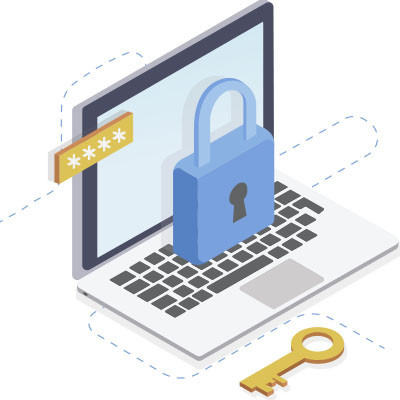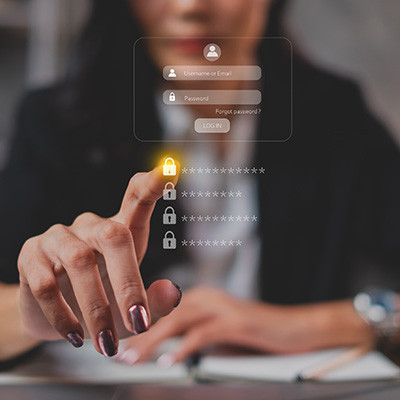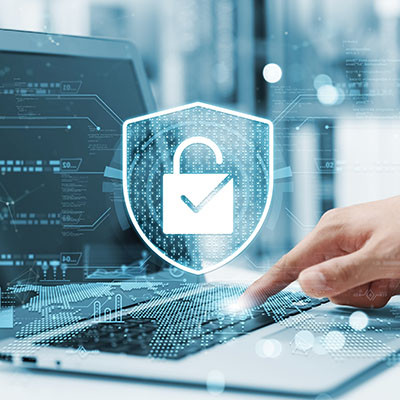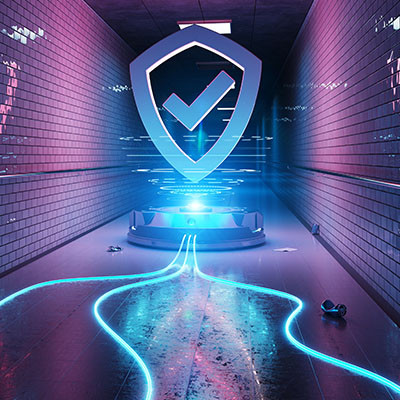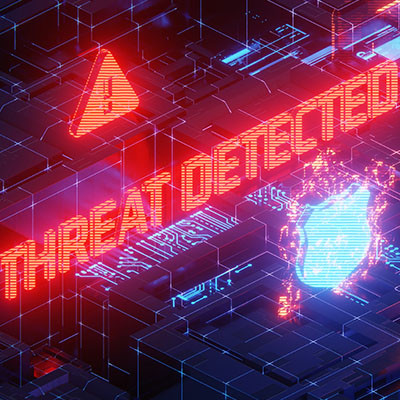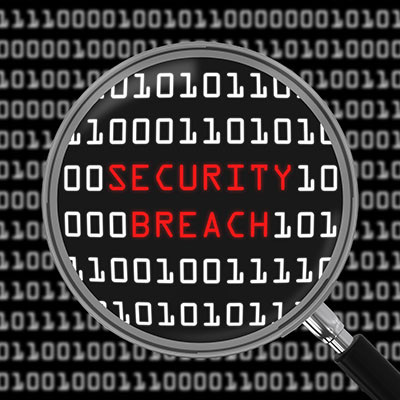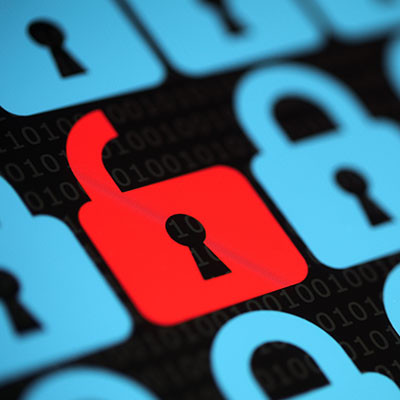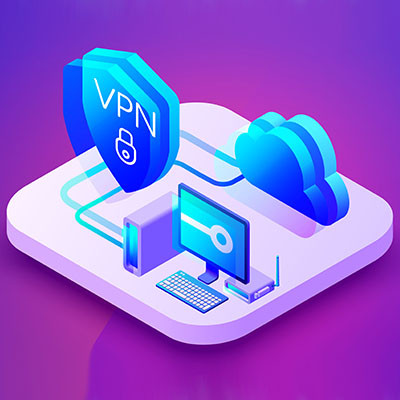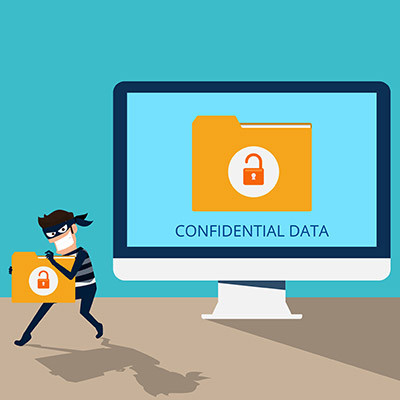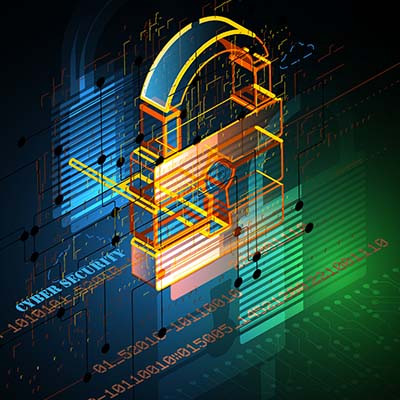EZ MSP Blog
Countless challenges arise for businesses, ranging from supply chain disruptions and employee turnover to the unpredictable forces of natural disasters. Among these challenges, cyberattacks stand out as an inconspicuous yet highly menacing threat. In this article, we delve into the various ways cyberattacks endanger your business and provide insights on how to prepare for them effectively.
With technology being an integral part of our lives and society at large, cyberthreats continue to evolve and pose significant risks. One such threat that is on the rise is browser hijacking attacks. Let’s explore the dangers of these attacks, including the techniques employed by hackers, and how small and medium-sized businesses can protect themselves.
Passwords play a pivotal role in safeguarding an organization's cybersecurity, serving as a vital tool for employees that surpasses the risks of relying on their own memory. In this month's discussion, we delve into the advantages and disadvantages of employing password managers to fortify the protection of company-owned digital assets.
With so many threats in business, it doesn’t take much to fall victim to a cyberattack or a scam. Understanding the dangers out there is the first step in enacting a cybersecurity process that can keep your users and your business safe. Let’s take a look at how to build one in this month’s newsletter.
Cyberattacks are a serious problem that all businesses face in some form or another, but there are small, everyday tasks you can do to ensure that they impact your organization as minimally as possible. It takes intention and effort to protect your business and its infrastructure, but that doesn’t mean that it has to be hard. Here are three simple ways you can keep your infrastructure secure.
The modern threat landscape is vast and unpredictable, and even if you think you know enough about cybersecurity to protect your business, we bet that you don’t. It’s not even just in the business world, either; individuals also struggle against cyberthreats, and so too do IT administrators. The next couple of weeks will be dedicated to cybersecurity to get across everything you need to know about it.
When many businesses look to hire new staff, they typically have a series of qualifications they need each applicant to meet before they grant interviews. They make their selection, do their entrance training, and then expect that the new hire will settle in and be as productive as possible as soon as possible.
As a business professional, it’s your responsibility to protect your company’s digital assets from cybercrime, but the path forward is not always so easy or clear-cut. Without a thorough knowledge and expertise of IT security at your disposal, it can be challenging to protect your infrastructure as adequately as it needs to be. Here are some of the common issues that involve cybersecurity, as well as how you can address them.
Businesses today have to deal with more potential problems than in any time in history. They are dealing with cost increases at every turn, personnel shortages, and a regulatory landscape that is always evolving. One of the biggest issues that can have a negative effect on a business is not having the processes and resources in place and working to secure its data and network. Today, we will look at five suggestions that can work to help your business keep its network and data more secure.
Security is an incredibly important part of running a business, but it’s extremely easy for busy employees to fall short of the security expectations you might place on them. This is why it is so important to train your employees on the many facets of cybersecurity. By training them, you are preparing them to tackle the plethora of challenges they will encounter throughout the workday.
How many security solutions does your organization have implemented at any given time? Traditionally, businesses have implemented what we call “point solutions,” which are software tools designed to address a specific part of your security infrastructure. While this approach is certainly better than not having security at all, it presents several problems that must also be addressed in order to most effectively protect your organization.
Your company’s email is one of its most important pieces of technology, and since that is true for nearly every business, it is unfortunately one of the most utilized attack vectors used by cybercriminals. Most businesses don’t understand just how vulnerable they are if their email isn’t properly secured and do their best to keep their employees trained on how to spot potential scams.
With so many wireless networks available to connect to, it’s no surprise that wireless security is a cornerstone of working while on the go. We thought it would be helpful to have a list of best practices to help ensure your wireless networks, and the devices connecting to them, are as secure as possible.
There are many different varieties of cybercrime that businesses need to be vigilant about. However, most of these varieties can largely be avoided through a few basic practices and behaviors. Here, we’re giving you a few tips to help you prevent attacks from successfully influencing your business, so make sure you share them with your entire team, as well.
When you go to such great lengths to protect your business’ network, it can come as quite a shock when you experience a data breach. Surely someone has to be at blame for such an event, right? Unfortunately, this mindset is often one that can come as a detriment to businesses, especially in today’s age of cybersecurity threats and ransomware. It can divide teams and cause rifts that are hard to recover from.
If there is one shared priority most businesses and other organizations need to have it’s a strategy on how they are going to go about securing their network, infrastructure, and data from the numerous threats they face. Let’s take a look at three of the most crucial issues surrounding organizational cybersecurity as we head into the new year.
Smart devices and Internet-of-Things devices in general have taken the world by storm, and a home without at least a handful of smart devices is quite rare to find these days. However, smart devices—or devices that connect to the Internet to perform various functions—must be approached with a certain level of caution.
Many threats immediately make themselves known on your device the second they install themselves, like ransomware and other types of malware. Others, like this newly discovered threat called MosaicLoader, discreetly install themselves in the background of your device and cause problems behind the scenes.

